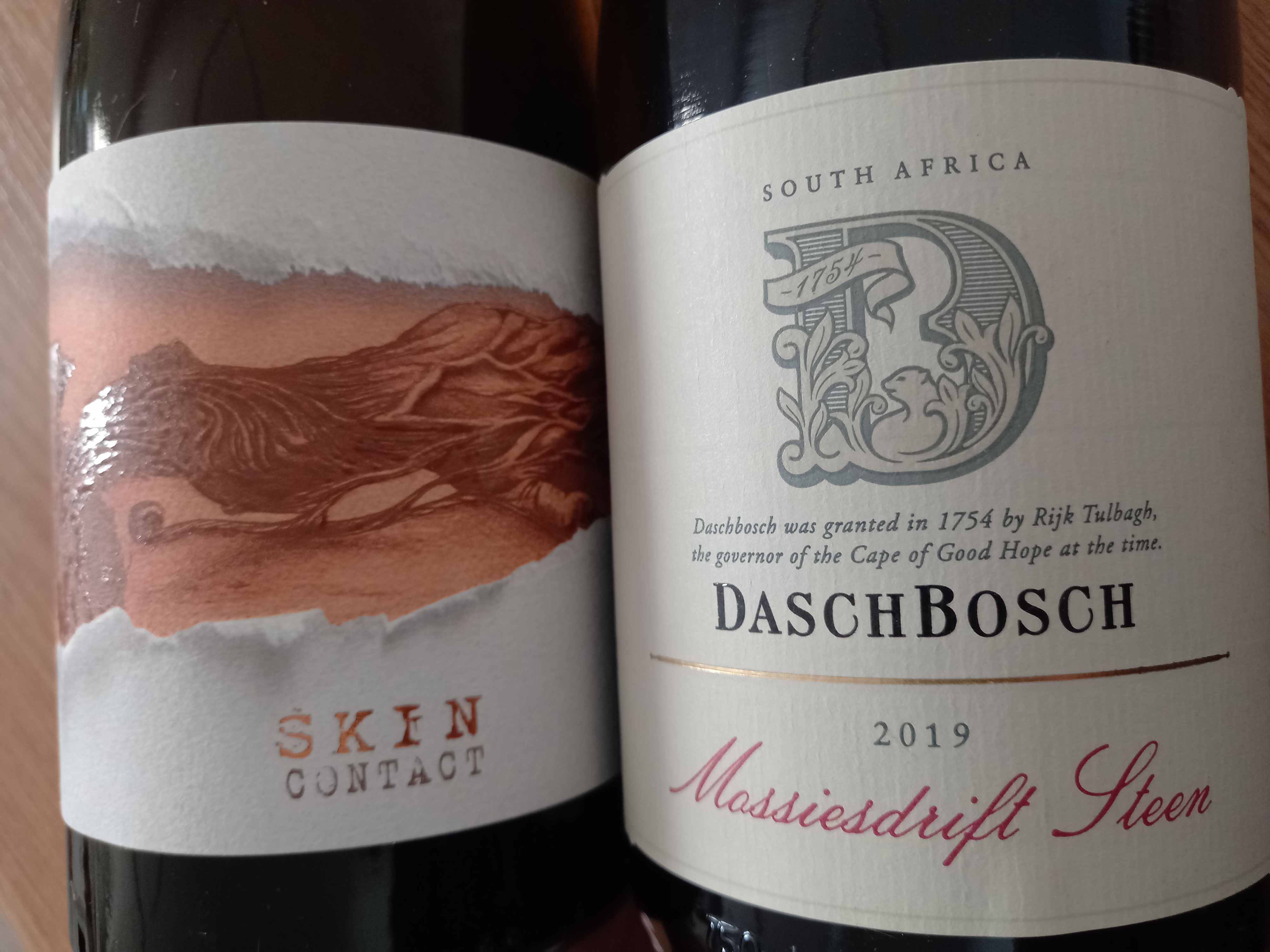Rapid renaissance
The Chenin Blanc Association is one of the winelands’ most dynamic producer bodies – and it’s done a phenomenal job in making consumers the world over aware of what a treasure trove South Africa boasts.
The country has the most plantings of Chenin in the world – and fully 18% of the national vineyard is comprised of this grape. The bulk of these plantings can be found in the beautiful Breedekloof area around Rawsonville and the Slanghoek valley.
Contrast the 2001 Platter Guide in which not a single Chenin was deemed worthy of a 5 Star rating to the current 2021 edition in which a whopping 33 laid claim to top honours – the single largest category!
And standing proud in that honour roll is the Wade Bales Breedekloof Chenin 2019, the third in the wine negociant’s Regional Series. Bales’ premise in bottling his eponymous range is simple: if you had a first time visitor to the country and wanted them to have a snapshot of what region does which wine best, that’s what’s in the bottle. He did it with Constantia and Sauvignon Blanc as well as Stellenbosch and Cabernet Sauvignon.
But it was just seven years ago in 2014 that the Breedekloof, long recognised for the charms and quality of its sweet wines, produced the first Platter 5 Star Chenin, the 2012 Carl Everson Chenin Blanc from Opstal. Attie Louw was its maker and the seventh generation to farm Opstal.
As the 2014 Platter Guide stated: ““Fine regional expression from 33-year-old home vineyard, naturally vinified 2012 is the debut wine in the Opstal’s heritage range. And what a debut! Complex layers of white and green fruit, honey – loads of flavour, the dry end belying the rich palate. Only older oak used on this serious offering.”
Louw’s experiment with older vine fruit, more natural winemaking and sympathetic oaking was something of a catalyst for a movement that subsequently gained traction and became the Breedekloof Makers. Nowadays, talking about exciting wines, vineyard practices and internationally top rated wines from the region will not raise an eyebrow a single millimetre – because it’s accepted that a dynamic, energetic and curious group of winemakers and viticulturists have a fire in their collective bellies and a strong belief that they can confidently mix it up with the country’s best.
While Chenin might still account for 15% of all the plantings in the region, there are also some genuinely exciting developments taking place. Opstal again has its Platter entry in red ink for the 2019 Carl Everson Cape Blend of Pinotage, Cabernet Sauvignon, Carignan and a spot of Cinsaut (95 points/5*) while The Barber Semillon 2019 scored 93 and has previously cracked 5 Stars. Then there’s the Carl Everson Cape White blend which skilfully weaves together Roussanne Chenin, Semillon and Viognier after undergoing natural yeast ferment and spending time in a variety of different vessels. (Meaning anything from large to small format oak barrels as well as amphora.)
Olifantsberg is another winning over critics and consumers alike with wines like its impressive Grenache (Blanc and Noir), multiple Chenin expressions, white and red blends using grapes like Syrah and Roussanne too.
Not to be overlooked is Daschbosch. It has 65 member/owners with 3 000 hectares of vineyard between them and in spite of being the biggest wine business in the Breedekloof, it’s also starting to stretch its wings and experiment to critical acclaim.
Fittingly bottled under its Experimental Range is Avon, a single vineyard Clairette Blanche off 43-year-old vines, and Skin Contact – a Chenin/Muscat d’Alexandrie blend that spent 6 months on skins. Three wines in its Heritage Range are the Cape Blend which celebrates Pinotage with Petit Verdot, Cabernet Sauvignon and Petite Sirah, Mossiesdrift Steen and Hanepoot.
Those are just a few examples of the innovation the motivated group of wine people in the Breedekloof have produced. It’s no longer somewhere to whizz by en route to another wine region or a more fancied winery. There’s a lot on offer from Jason’s Hill, Stofberg, Slanghoek, Merwida, Le Belle Rebelle, Breëland, Mountain Ridge, Lateganskop, Dagbreek, Kirabo, Badsberg, Botha, Du Toitskloof, Deetlefs, Bergsig and the visually arresting Bosjes.
It’s the sort of place that begs to be explored in a breakaway of a few days, to tackle its mountain and valley trails – by foot or bicycle, to fish the many streams for wild trout or to simply relax and destress.

Caption: An idiosyncratic Chenin Blanc and Muscat d’Alexandrie blend bottled simply as Skin Contact, and the Mossiesdrift Steen are two of the most recent wines to appear under the Daschbosch label.
By Fiona McDonald